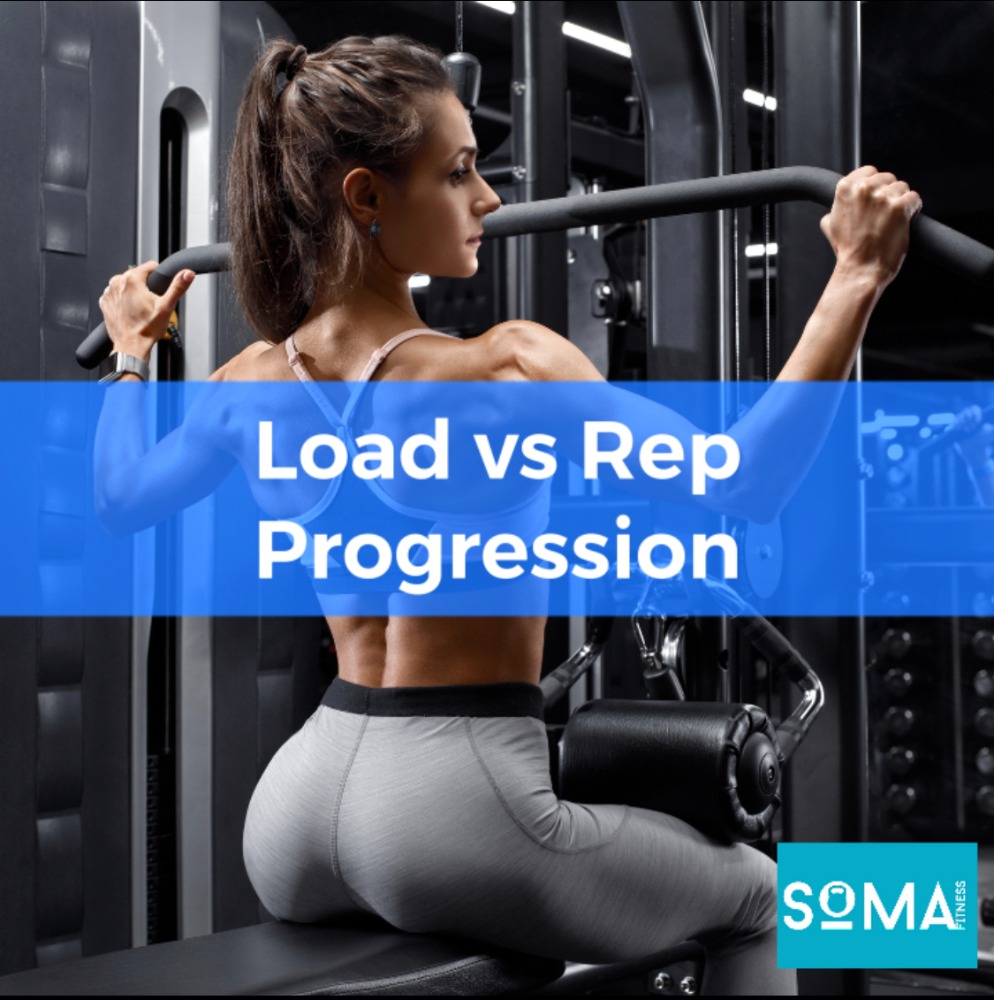Investing in the right coach

Personal training can be a life-changing experience. The right coach can help you achieve your fitness goals and improve your overall health and well-being. However, finding the right coach can be a daunting task, especially with so many options available. While it may be tempting to look for a cheap deal, it is important to remember that quality comes with a price. In this article, we will discuss the importance of hiring the right coach and why it’s important not to look for a cheap deal when hiring a personal trainer.
First and foremost, it’s important to understand that not all personal trainers are created equal. Some may have more experience, more knowledge, and better credentials than others. When you’re looking for a personal trainer near you, it’s important to do your research and find someone who is qualified and has a good track record. This may require a bit of effort, but it’s worth it in the long run.
One of the main reasons why hiring the right coach is so important is that they can help you achieve your goals more quickly and efficiently. A good coach will have the knowledge and expertise to perform all the correct screening and assessments before hand to give him the data to design a bespoke fitness plan that is tailored to your specific needs and goals. They can also provide you with guidance and support along the way, helping you to stay motivated and on track.
Another benefit of hiring the right coach is that they can help you avoid injury. Not all exercises suit all individuals this is why it’s so important that you trust in the process and allow your coach to perform the assessments required so he can pick up and discrepancies you may have in certain ranges of motion so he can program accordingly. A lot or times personal trainers use the similar programs for all of their clients and don’t have an adequate screening procedures to determine what access to certain ranges of motions their client has. This can easily be identified by well educated coaches when observing programs performed on the gym floor.
Personal training involves a certain degree of risk, especially if you’re not familiar with proper form and technique. A good coach will not only teach you the right way to exercise but will also monitor your form to ensure that you’re doing each exercise correctly. At times coaches only qualify progressions of load a highly experienced coach will quantify quality of movement before increasing loads. This can help you avoid injury and stay safe while working out.
It’s also important to remember that personal training is an investment in your health and well-being. While it may be tempting to look for a cheap deal, it’s important to remember that you get what you pay for. Hiring a qualified and experienced personal trainer may cost more upfront, but it can save you money in the long run by helping you avoid injury and achieve your goals more quickly.
At our private personal training facility, we understand the importance of hiring the right coach. That’s why we only employ highly qualified and experienced personal trainers who are committed to helping our clients achieve their goals. Our personal trainers have a proven track record of success and can provide you with the guidance and support you need to succeed.
In addition to the physical benefits of personal training, there are also psychological benefits that come with having a personal trainer. One of the main psychological benefits is accountability. When you have a personal trainer, you have someone who is holding you accountable for your progress. This can be a powerful motivator, as it helps you stay on track and stay committed to your goals. A personal trainer that can help you navigate through the psychological barriers that every client will encounter on their path to achieving their goals.
Having a personal trainer can also help you build confidence and self-esteem. Working with a trainer who is supportive and encouraging can help you feel better about yourself and your abilities. As you achieve your goals and make progress, you’ll start to feel more confident in your ability to take on new challenges and push yourself even further. Our coaches understand that beginning a training program in a gym environment can be intimidating for most people, within our private facility is put to ease by the trust or the capabilities of our coaches that we will progress you according to your ability and not based on beasting our clients because it’s the cool thing to do. Programs are progressive and we do our due diligence before hand to make sure you will starting at the right place with your program.
Another important psychological aspect of personal training is the relationship between the trainer and the client. A good personal trainer will take the time to get to know you and understand your goals, needs, preferences as to what makes you tick. This relationship can be a powerful source of motivation and support, as your trainer will be there to help you through the tough times and celebrate your successes with you.
In conclusion, hiring the right coach is essential for achieving your fitness goals and improving your overall health and well-being. While it may be tempting to look for a cheap deal, it’s important to remember that quality comes with a price. When you’re looking for a personal trainer near you, do your research and find someone who is qualified and has a good track record. Investing in a good coach is cheaper in the long run to investing in a bad coach as you can never get lost time back.





 When we exercise, our bodies require energy to cause our muscles to contract, resulting in movement, cardiac muscle to contract more frequently and powerfully to increase blood flow and smooth muscle, such as the muscles in our respiratory system, to increase the amount of oxygen we take into our bodies. Energy can otherwise be called Adenosine Triphosphate (1 molecule of adenosine and three molecules of phosphate) or ATP for short. The body has 3 systems that it can create ATP from and, although we always use all 3 simultaneously, there will always be one system that is much more predominant than the others, based upon the activity and environment you’re in. This article will go more in-depth about the ATP-PC system or Alactic System and also how you can focus you’re training to improve its efficiency to further benefit your performance in the gym.
When we exercise, our bodies require energy to cause our muscles to contract, resulting in movement, cardiac muscle to contract more frequently and powerfully to increase blood flow and smooth muscle, such as the muscles in our respiratory system, to increase the amount of oxygen we take into our bodies. Energy can otherwise be called Adenosine Triphosphate (1 molecule of adenosine and three molecules of phosphate) or ATP for short. The body has 3 systems that it can create ATP from and, although we always use all 3 simultaneously, there will always be one system that is much more predominant than the others, based upon the activity and environment you’re in. This article will go more in-depth about the ATP-PC system or Alactic System and also how you can focus you’re training to improve its efficiency to further benefit your performance in the gym.



Recent Comments